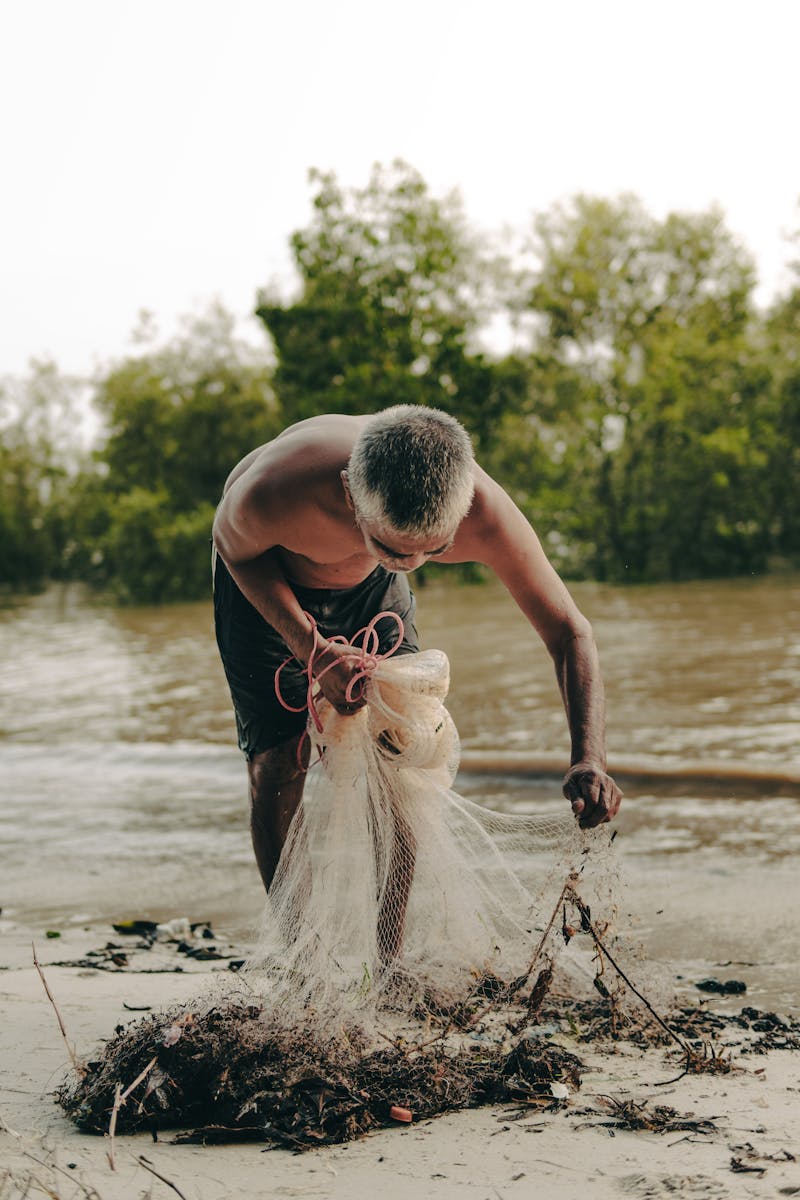3. Livelihood Enhancement
Support for Ultra-Poor and Asset-Poor Households
We identify and support households that are beyond the reach of traditional development schemes such as widows, disabled persons, and landless laborers with customized livelihood planning, small asset transfers (e.g., goats, backyard poultry, tools), and linkages to welfare schemes.
Women-Centric Livelihood Solutions
For women who may not immediately engage in enterprises or formal agriculture, we promote home-based, time-flexible income options like kitchen gardening, food preservation, leaf-plate making, incense stick rolling, and seasonal NTFP processing.
Household-Level Livelihood Planning
ISWA supports families in mapping their current income sources, seasonal vulnerabilities, and asset base, and develops a composite livelihood plan tailored to their needs, combining multiple income-generating options with access to rights and entitlements.
Strengthening Safety Nets and Entitlement Access
We ensure that communities are well-linked with existing government schemes (e.g., MGNREGA, pension schemes, PDS, NRLM, Forest Rights), which form a critical base layer for livelihood security, especially during lean seasons or climate shocks.
Community Cadre for Livelihood Support
ISWA trains livelihood animators and community resource persons who continue to guide and support families locally, ensuring last-mile delivery and accountability.
Seasonal Livelihood Diversification
We work with families to diversify income across the year, combining options such as monsoon wage labor, winter livestock care, summer food processing or NTFP work, ensuring year-round income flow and reduced migration stress.
Livelihood Enhancement
Programme : SHGs Strenthening
District Covered
No of Villages Covered
Impact Lives
Land Covered
Programme : Fisheries Promotion
District Covered
No of Villages Covered
Impact Lives
Land Covered
Programme : Poultry
District Covered
No of Villages Covered
Impact Lives
Land Covered

